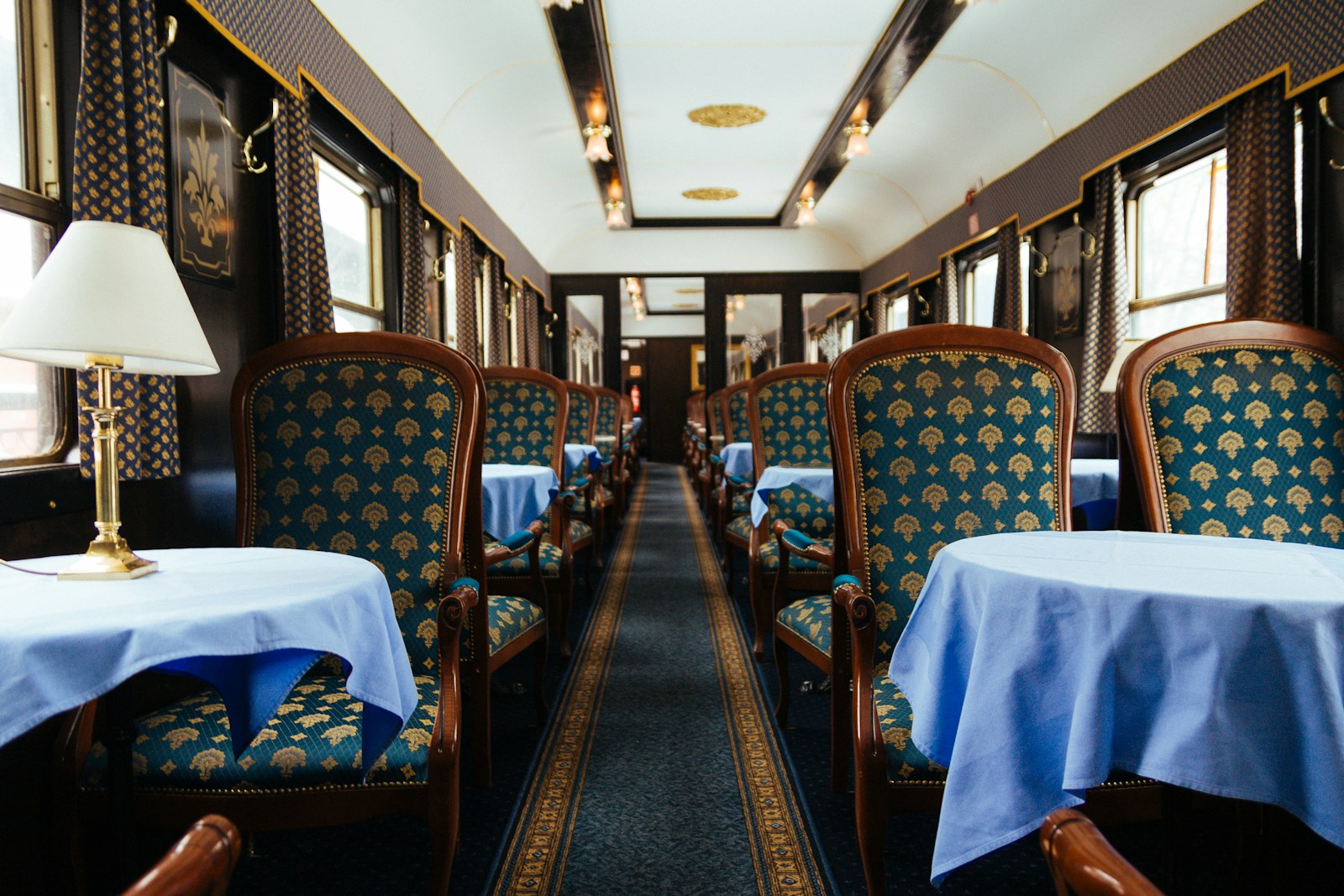Europe’s rail system is legendary—fast, efficient, and connecting almost every major city and charming village you can imagine. But for many travelers, the cost can feel intimidating. The good news? With thoughtful planning and a few tricks, you can crisscross the continent without breaking your budget.
Take Advantage of Rail Passes
If you’re planning to visit multiple countries, a rail pass can be your best friend. The Eurail and Interrail passes allow unlimited travel within specific time frames, making them ideal for longer trips. Even if you’re exploring one country, national passes (like Germany’s regional passes or France’s Carte Avantage) can drastically reduce costs. The key is to calculate whether individual tickets or a pass offer more value based on your route.
Beyond savings, passes also give you flexibility. Instead of locking into rigid plans, you can hop on trains spontaneously, which is perfect for travelers who like to follow the moment.
Embrace Night Trains
Night trains are more than a nostalgic travel experience—they’re a budget hack. By combining transportation and accommodation, you cut one night of hotel costs while covering long distances. Modern sleeper trains in Europe are significantly more comfortable than they were in years past, offering bunks, compartments, and even showers on select routes.
From Paris to Vienna or Berlin to Zurich, night trains let you wake up in a new city ready to explore. Booking early ensures you get the best rates on sleeper cabins, but even reclining seats are cheaper than most hostels in big cities.
Explore Underrated European Cities Worth Visiting in 2025 if you need inspiration on where to go.
Travel Off-Peak for the Best Fares
Timing is everything. Traveling during peak summer months or around major holidays often leads to sky-high fares. Instead, target shoulder seasons—spring and fall—when crowds thin and prices drop.
Even within a single day, avoiding rush hours can save you a significant amount of money. Early morning and midday departures are usually less expensive than evening trains. If your schedule allows flexibility, you’ll not only save but also enjoy a quieter, more relaxed ride.
Book in Advance When Possible
While last-minute tickets can sometimes be affordable, European rail systems often offer better deals for early bookings. Many train operators release tickets months in advance with steep discounts that vanish as the date approaches. Websites like Trainline and Omio make it easy to compare options and book ahead in your language and currency.
Keep in mind that local and regional trains are often fixed price and don’t require advance purchase—so save your booking energy for long-haul or high-speed routes.
If you’re planning a complex itinerary, see How to Plan a Multi-City Trip Without Losing Your Mind.
Pack Smart and Travel Light
Unlike airlines, most trains don’t charge extra for luggage, but traveling light still pays off. Smaller bags mean you can move easily between trains, avoid luggage storage fees at stations, and even snag cheaper seats without worrying about space. Plus, carrying just what you need makes sprinting for a connection far less stressful.
For packing tips, see The Ultimate Packing Guide for Carry-On-Only Travelers.
Key Takeaways
Traveling in Europe by train doesn’t have to be expensive. With rail passes, night trains, off-peak tickets, and smart packing, you can stretch your budget while still enjoying the freedom and adventure that only rail travel provides.




